The Market of Humans in Bulk
A 3D Toy-Themed Social Media Campaign | Red Note | Oct–Dec 2022
The phrase “Welcome to The Market of Humans in Bulk” wasn’t just the title of my first post—it became the core concept behind the entire campaign.
As someone who often finds herself emotionally attached to artists, writers, actors, and musicians, I’ve always wished I could collect pieces of them—merch, posters, anything—after falling in love with their work. This project grew from that impulse. After learning 3D modeling, I finally had a way to make that dream real—sort of. I began designing collectible-style figurines of my favorite “human prototypes,” each with a unique visual style and symbolic detail. I launched the campaign on Xiaohongshu, a popular Chinese platform, and presented the posts as if I were running an online market of fictional (but maybe purchasable?) toys.
The goal was never to sell anything physical. Instead, it was to blur the line between reality and representation. By carefully rendering packaging, poses, and lighting, I created a hyperreal aesthetic that made people wonder: Are these real? Where can I buy one? That illusion became the hook.
This wasn’t just a series of fan posts—it was a self-invented world, where admiration turned into art, and art flirted with commerce.
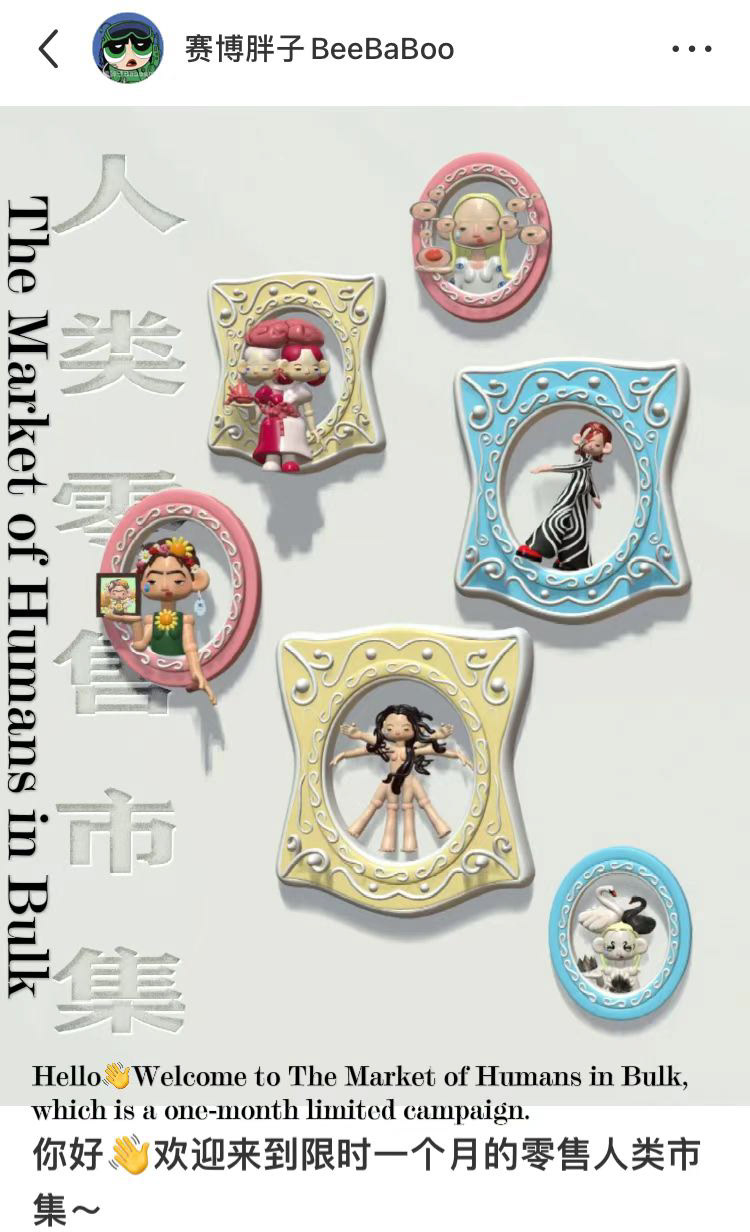
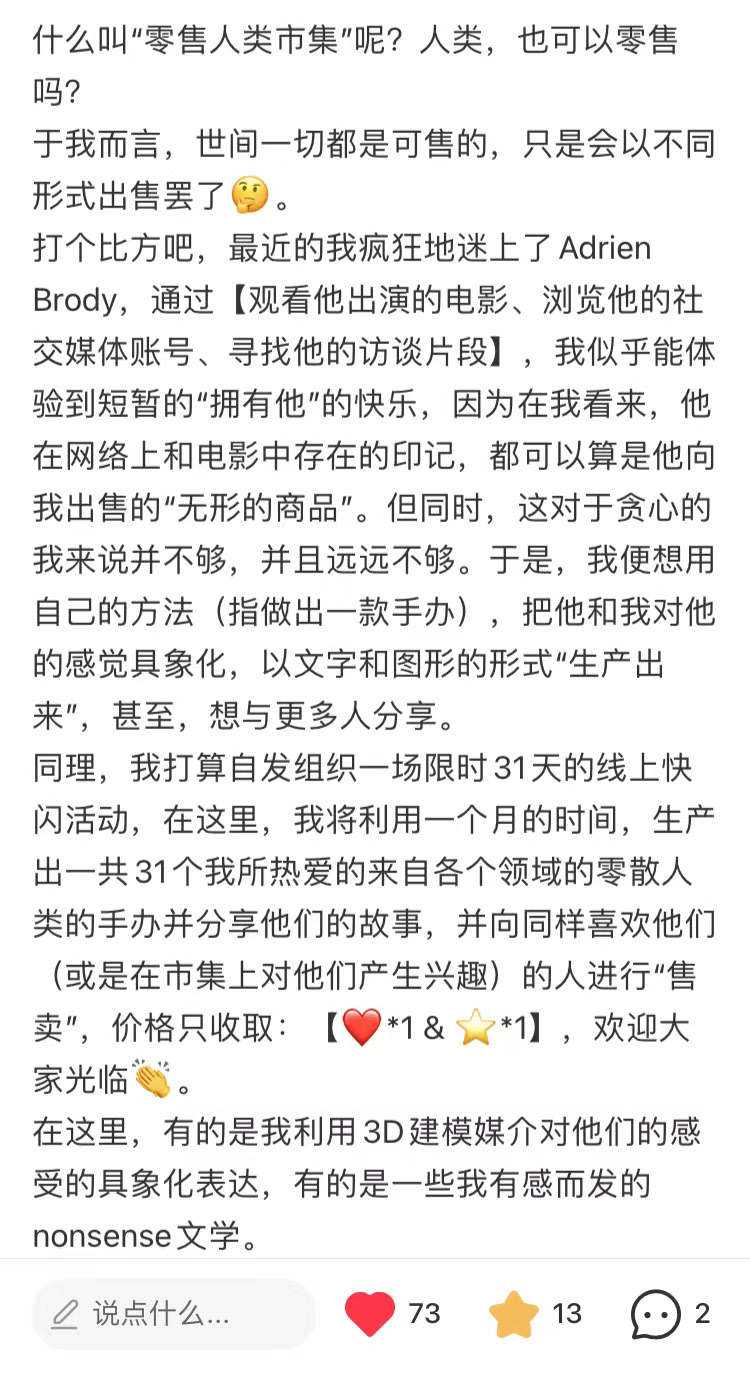
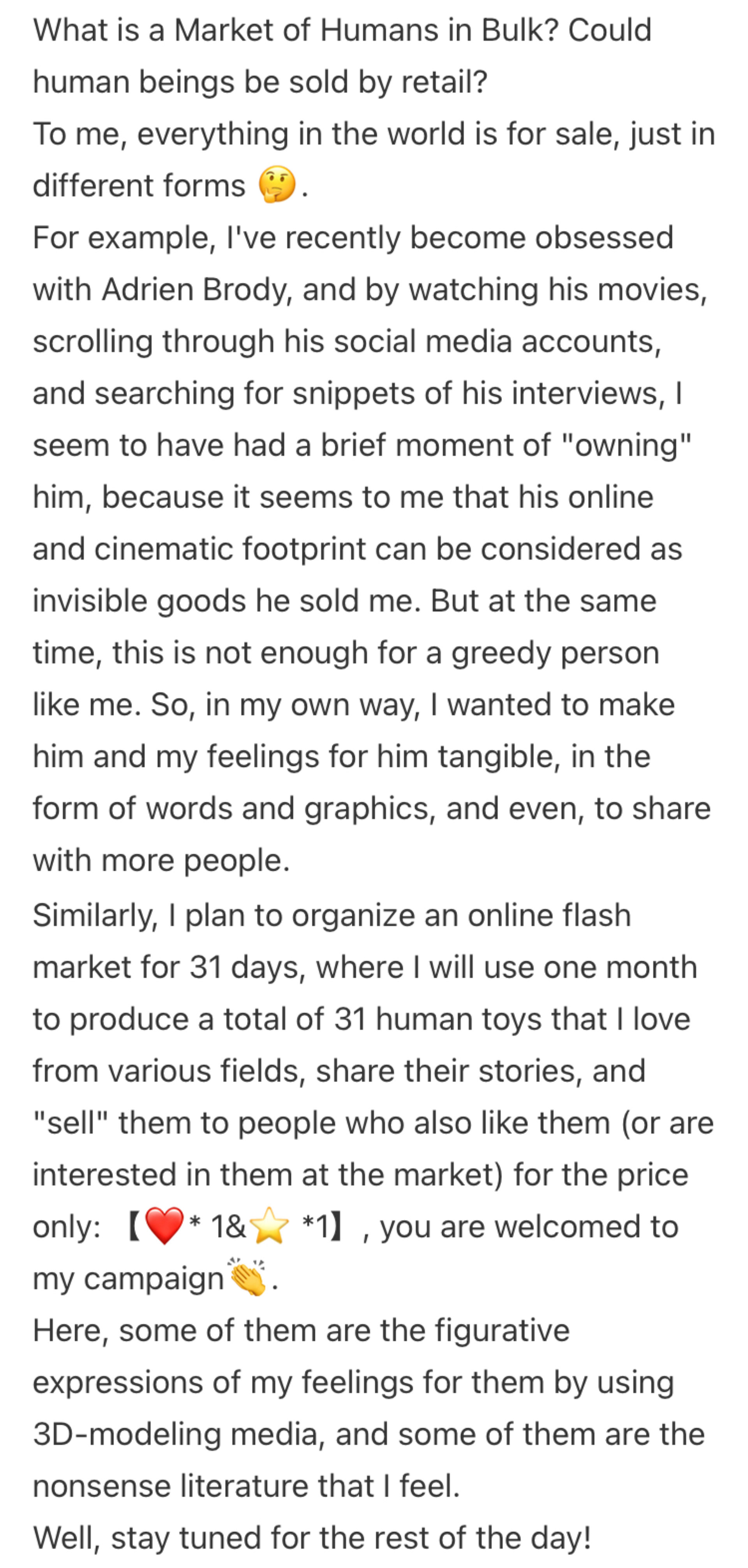
From Obscurity to Virality: A Turning Point
Although I had been using Red Note for years and occasionally shared my artwork, I had never gained much traction. My updates were inconsistent, my style kept shifting, and I wasn’t following trends—just posting what I loved. So when I launched The Market of Humans in Bulk, I set a modest but intentional goal: grow from 350 to 500 followers in one month through consistent, themed posts that showcased obscure, deeply personal character prototypes.
Rather than chasing hot-topic figures, I chose to honor artists, musicians, filmmakers, and writers I admire—many of whom aren’t widely known. I believed that even niche characters could attract an audience if the storytelling and visual coherence were strong.
The Sanmao Post Breakthrough
The campaign shifted dramatically on Day 8. I introduced a toy prototype based on Sanmao, the iconic Chinese female writer whose personal stories had long inspired me.
That single post ignited the campaign.
Performance Snapshot:
– 20,000+ views
– 2,000+ likes
– 625 new followers in 7 days
– 130+ comments, nearly half expressing a desire to buy the toy
– 20,000+ views
– 2,000+ likes
– 625 new followers in 7 days
– 130+ comments, nearly half expressing a desire to buy the toy
This post did more than go viral—it validated the campaign’s core idea of hyperreality. The toy’s presentation was so convincing (complete with packaging, lighting, and narrative tone) that many assumed it was a real product. I played along by giving intentionally vague release dates in the comments, which only deepened the sense of curiosity and “addiction.” One user asked when the next toy would be released. Another suggested other human prototypes they wanted to see next. Even some bookstore brands found me, asking for possible cooperation and production. The project became an evolving fiction that people wanted to believe in.
Platform data revealed that 98% of viewers were women aged 18–24—a perfect match for both the character themes and my own identity. I wasn’t just speaking to an audience. I was speaking to my peers.

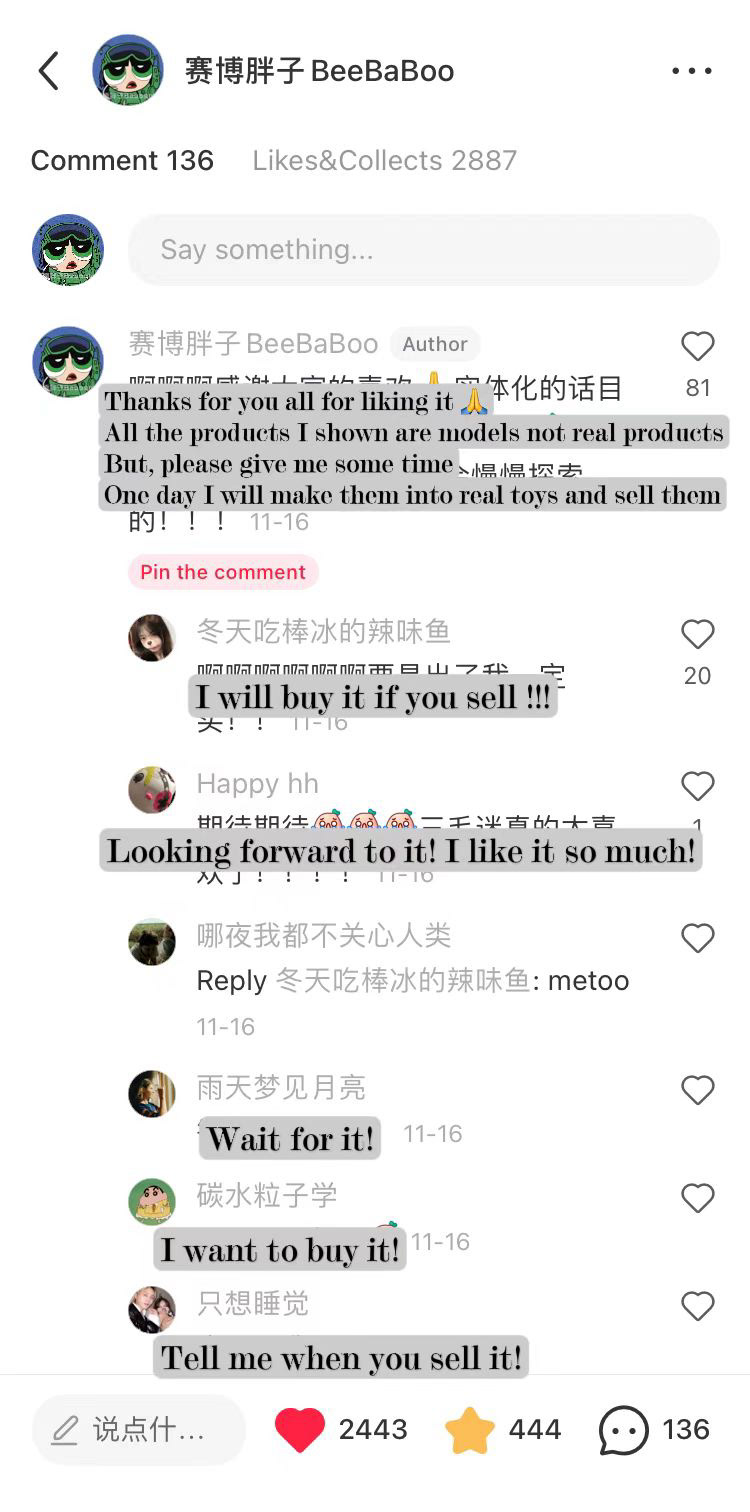

A Happy Accident That Helped
One unexpected boost came from Red Note itself. The platform launched a creator campaign encouraging users to tag their work as “#搞的就是艺术” (What I’m doing is art), giving free extra flow. It perfectly aligned with my project, so I created a mini spin-off series featuring well-known artists like Da Vinci, Matisse, and Van Gogh. This brought in another wave of attention and helped me further explore the boundary between serious art history and playful fan fiction.

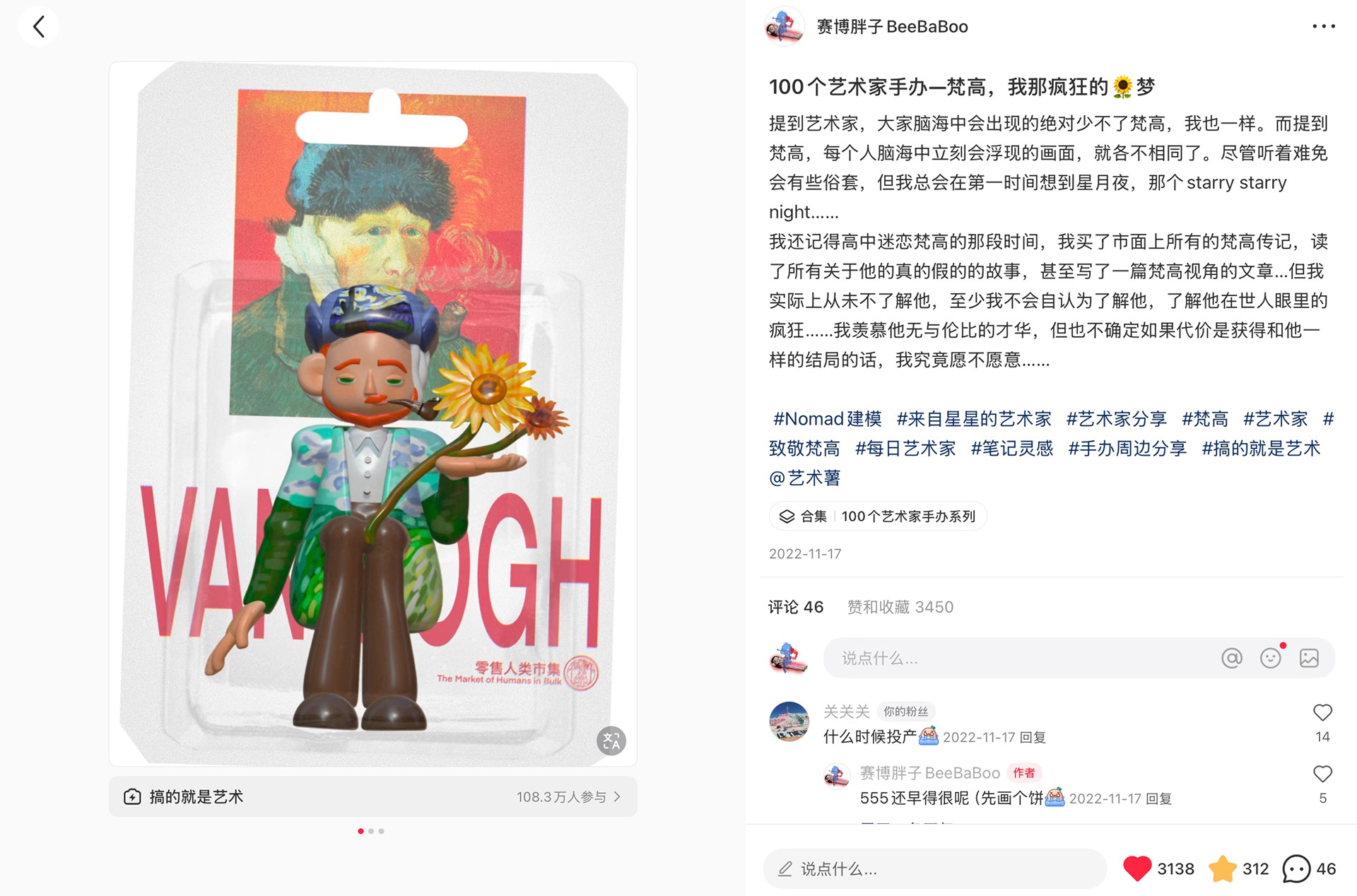
This campaign unfolded in two distinct phases. The first, from November 6 to 16, was a quiet period of experimentation—low traffic, modest growth, and an audience just beginning to form. Everything changed with the Sanmao post, which sparked a major spike in engagement. Two more surges followed: one after I featured Lucy Liu as a toy prototype, and another when I launched a new series focused on popular visual artists like Van Gogh and Matisse.
With this momentum, I raised my campaign goals:
From 500 to 2,500 expected followers
From a few dozen to 100+ likes per post (a benchmark I quickly surpassed)
From 500 to 2,500 expected followers
From a few dozen to 100+ likes per post (a benchmark I quickly surpassed)
But growth brought a new challenge: avoiding aesthetic fatigue. To keep the campaign fresh while maintaining its visual unity, I made three key changes:
Reduced posting frequency from daily to 3x/week to build anticipation
Expanded topic selection to include more recognizable public figures
Introduced a new toy series with varied poses to break the visual monotony
Still, some things never changed: I stayed committed to featuring the people I personally admire—not just the trending ones. I continued targeting a community I understood deeply: young women with a passion for art, like me. As the campaign grew, so did I. I began by describing myself as “not a professional artist”, hoping for gentle understanding. But with each wave of encouragement and recognition, I rewrote that narrative. I removed the disclaimers. I embraced my style. I added a reference to my MBTI (INFJ) in my profile and officially dubbed myself “Market Owner”—a character within the fiction I had built, blending creator and creation in one continuous identity.
Stranger Things Fan Bracelet Campaign
Fandom Merch Design & Cross-Platform Marketing | Red Note & Weibo | Mar–May 2023
What happens when a fan decides to become a creator?
As a longtime fan of Stranger Things, I imagined a bracelet that could symbolize the entire show—its characters, aesthetic, and mystery. I designed a digital bracelet concept incorporating visual elements from the series and launched a marketing campaign across Red Note and Weibo, two of China’s most active social platforms for young fan communities.
As a longtime fan of Stranger Things, I imagined a bracelet that could symbolize the entire show—its characters, aesthetic, and mystery. I designed a digital bracelet concept incorporating visual elements from the series and launched a marketing campaign across Red Note and Weibo, two of China’s most active social platforms for young fan communities.
Though the product wasn't physically manufactured yet, I approached the campaign as if it were real: designing digital posters, simulating product launch materials, and interacting with followers to build anticipation and desire. Like my previous toy campaign, this project played with the line between real and imagined—only this time, it also tested the commercial potential of fandom-based micro-merch.
I set out with three clear goals:
Fill a niche — high-quality Stranger Things merch was still rare on Chinese social media
Reach 50,000+ total views and 1,000 interactions
Gain 500+ followers on a new marketing-dedicated account
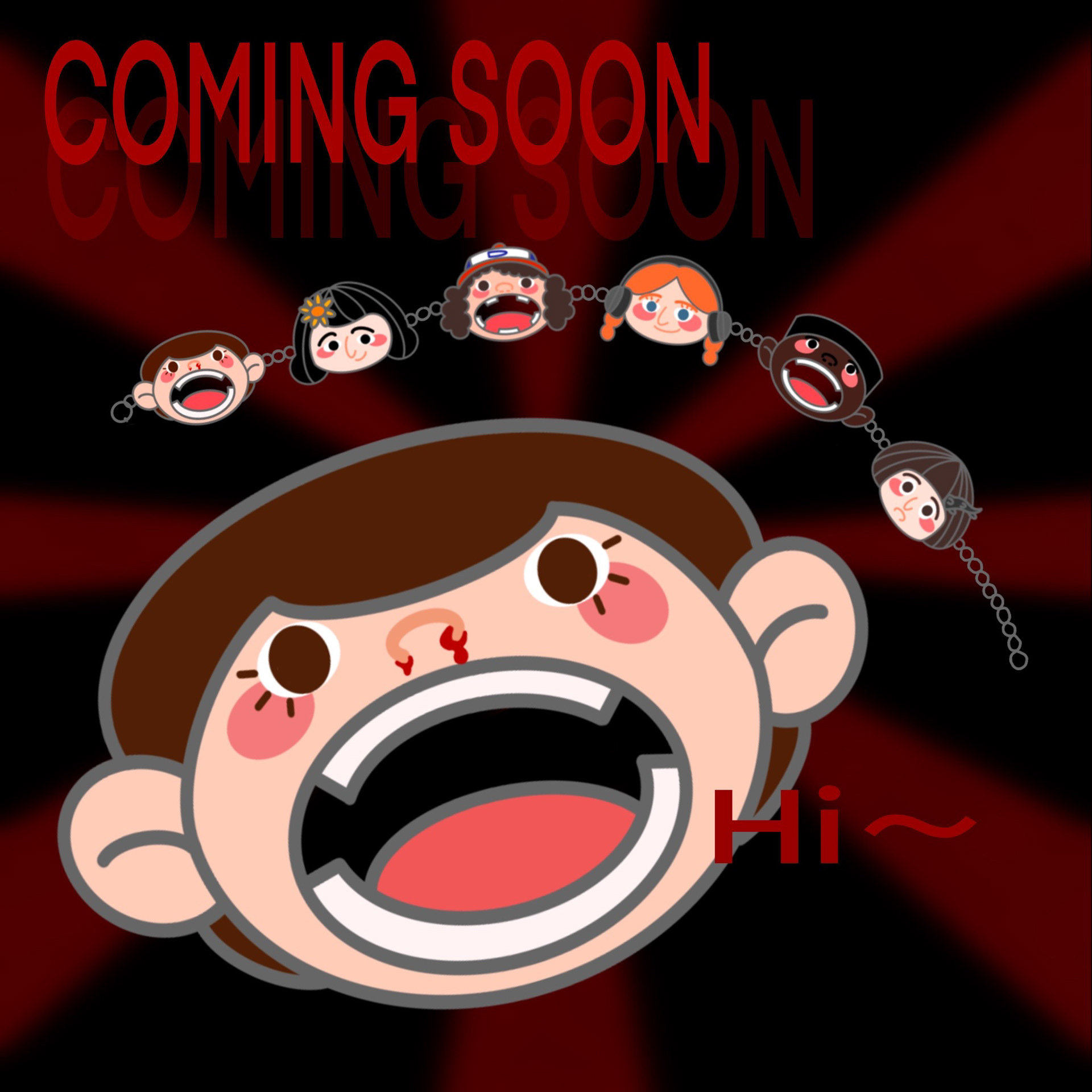
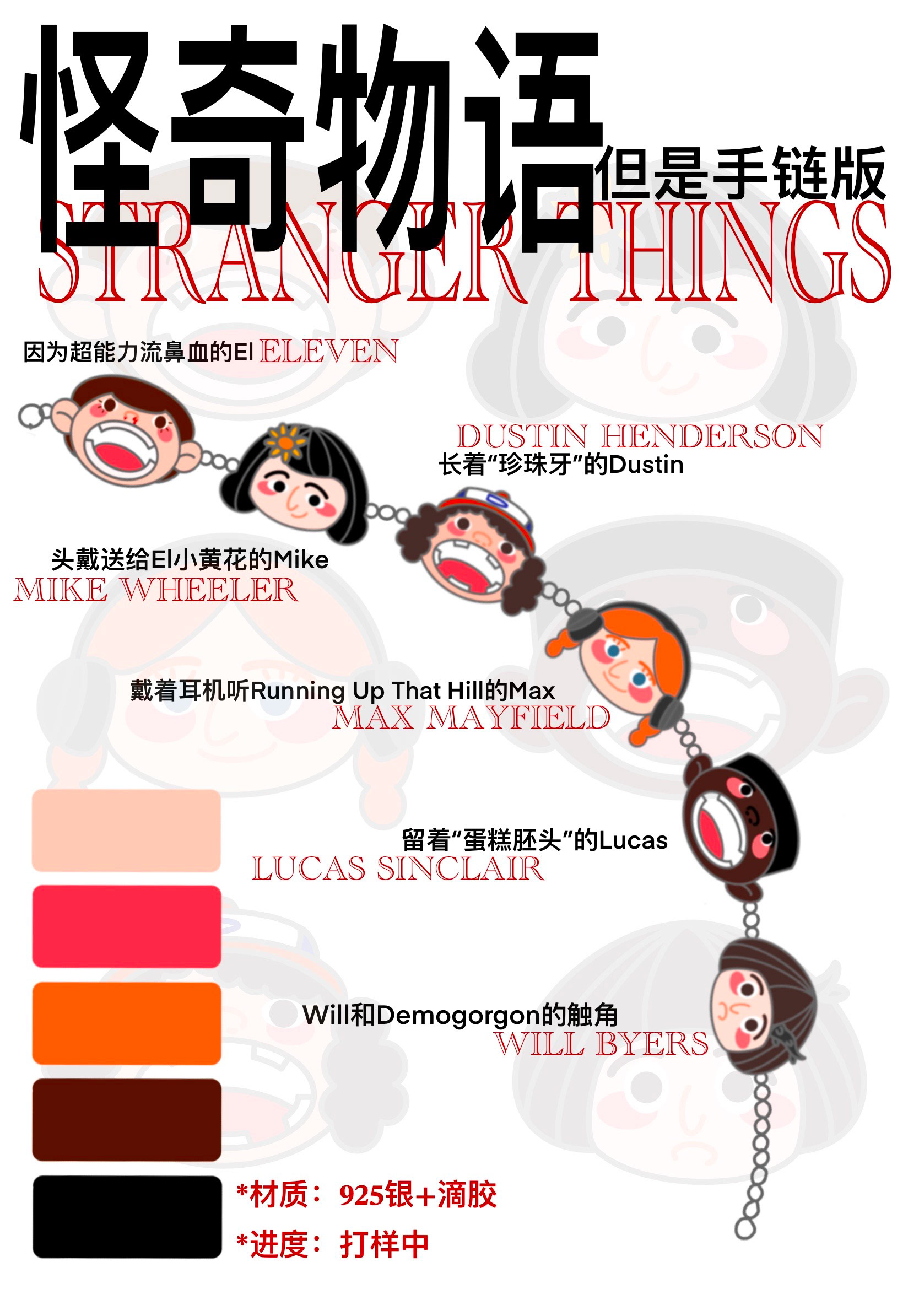
Strategy
To meet those goals, I built a marketing toolkit that combined fandom theory and business logic:
Fandom Economy: Embraced my identity as a fan-creator, positioning the bracelet as both a gift and a cultural remix
Max Strategy: Promoted across multiple platforms (Red Note for consumer reach, Weibo Super Topic for community targeting)
Viral Marketing: Launched a giveaway campaign on Weibo to encourage reposting and boost algorithmic visibility
Influencer Marketing: Leveraged my existing Xiaohongshu account (2,900 followers) to redirect traffic to a newly created merch-specific account
Hashtag Engagement: Used a targeted mix of popular and niche tags to embed my posts into larger conversations around fandom, fashion, and jewelry design
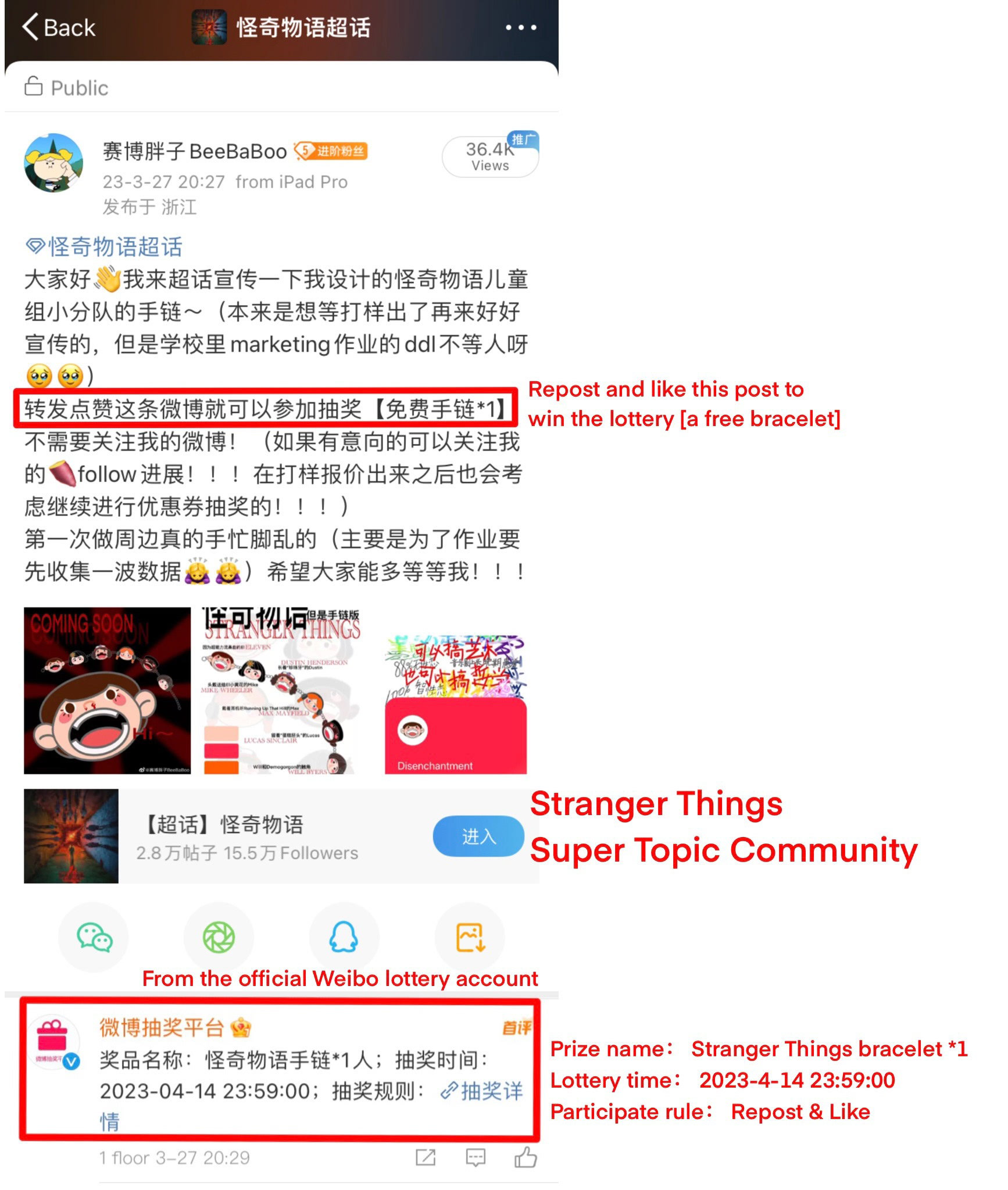

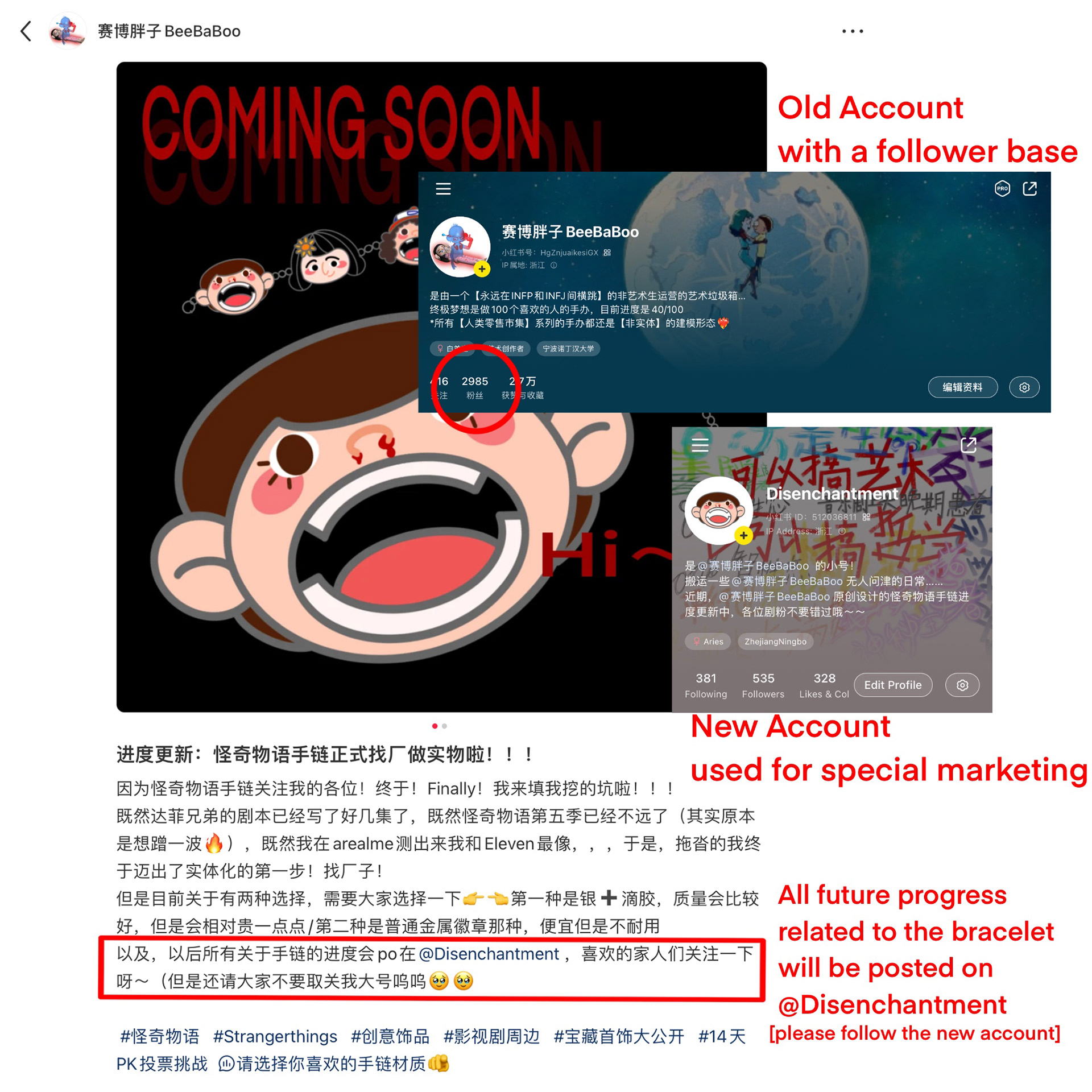
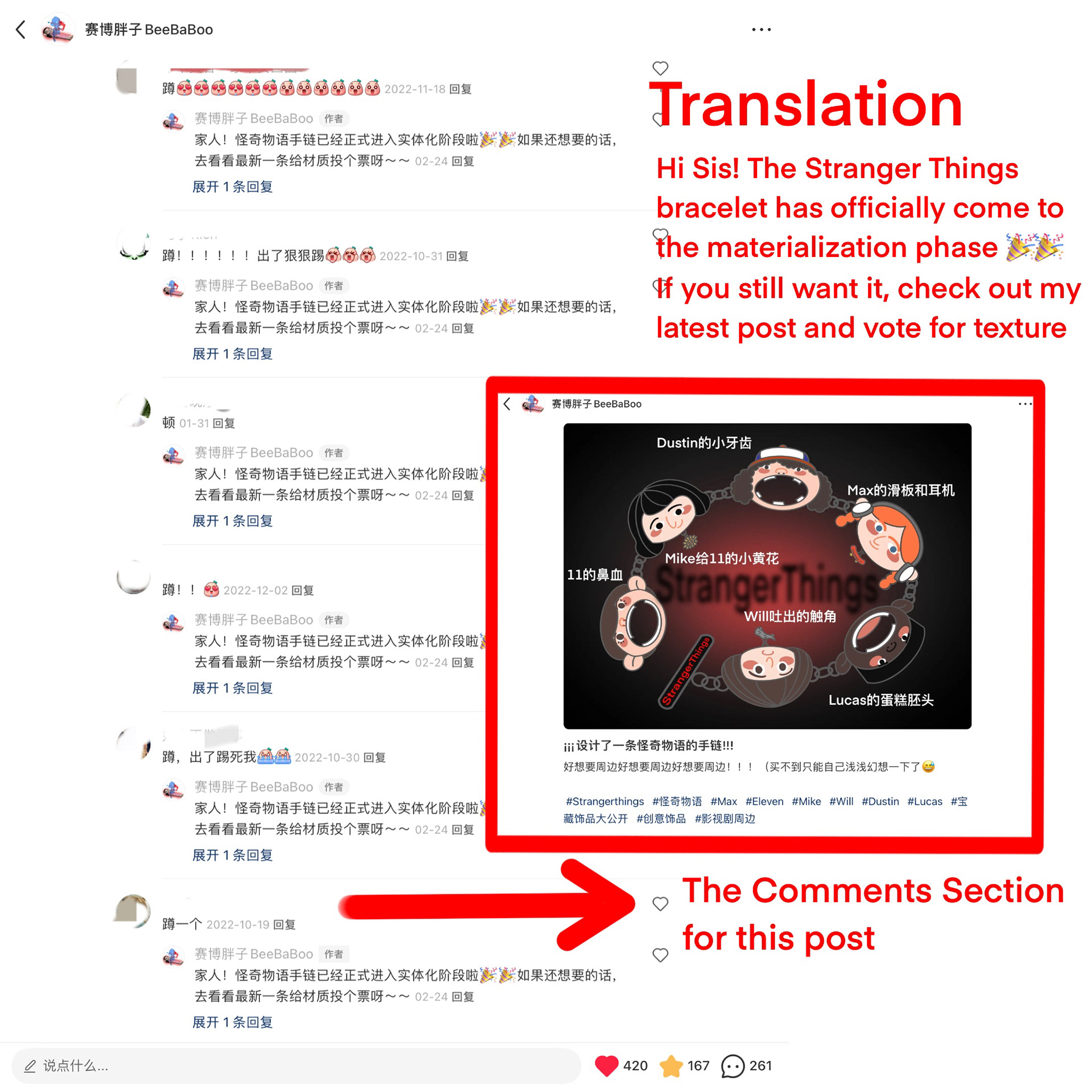
Outcome
The results exceeded expectations:
51,096 total views
535 new followers
Extremely high comment-to-view ratio
Not all exposure is equal:
While my Weibo campaign achieved higher view counts, it generated far fewer meaningful interactions. Red Note, on the other hand, offered deeper engagement, with richer conversations, follower conversion, and better alignment with my visual brand.
This campaign didn’t just grow my follower count—it helped me experiment with turning fan energy into brand identity. By strategically using giveaways, personal accounts, and multiple platform cultures, I built an early foundation for future merch-based storytelling projects.
While my Weibo campaign achieved higher view counts, it generated far fewer meaningful interactions. Red Note, on the other hand, offered deeper engagement, with richer conversations, follower conversion, and better alignment with my visual brand.
This campaign didn’t just grow my follower count—it helped me experiment with turning fan energy into brand identity. By strategically using giveaways, personal accounts, and multiple platform cultures, I built an early foundation for future merch-based storytelling projects.
The experience also taught me to prioritize engagement over reach, and that even fan-made concepts—when crafted with heart and clarity—can attract real attention. This project remains one of my favorite early examples of turning passion into a potential product.


